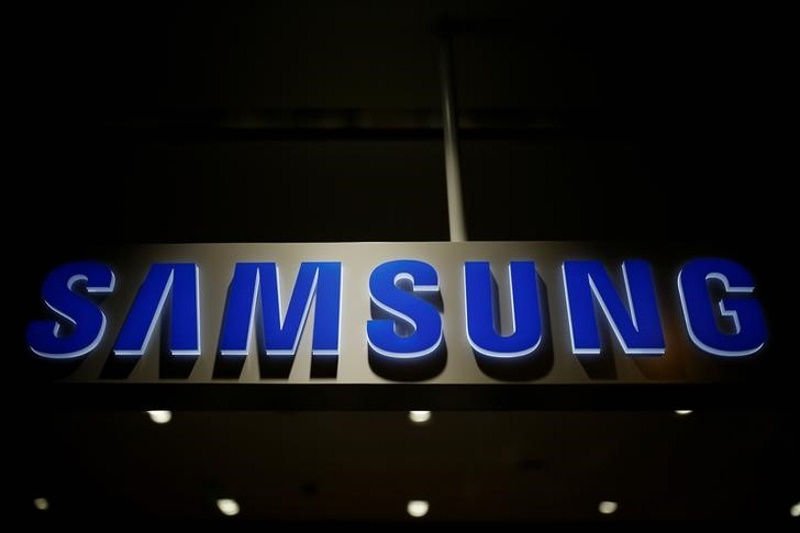

With 14.6 percent market share, Samsung Electronics has replaced chipmaker giant Intel to become the top player in the global semiconductor industry in 2017, market research firm Gartner said on Thursday.
This is the first time Intel has been toppled since 1992 as worldwide semiconductor revenue totalled $419.7 billion (roughly Rs. 26.6 lakh crores) in 2017 — a 22.2 percent increase from 2016.
“The largest memory supplier, Samsung Electronics, gained the most market share with 52.6 percent growth in revenue and took the No. 1 position from Intel. Memory accounted for more than two-thirds of all semiconductor revenue growth in 2017 and became the largest semiconductor category,” said Andrew Norwood, Research Vice President at Gartner.
Intel revenue grew 6.7 percent in 2017 — driven by 6 percent growth in data centre processor revenue owing to growing demand from Cloud and communications service providers.
Intel’s PC processor revenue grew more slowly at 1.9 percent but average PC prices are on the rise again after years of decline following the market’s shift from traditional desktops.
Undersupply helped drive 64 percent revenue growth in the memory market, which accounted for 31 percent of total semiconductor revenue last year, Gartner said.
The key driver behind the booming memory revenue was higher prices due to a supply shortage.
“NAND flash prices increased year over year for the first time ever, up 17 percent, while DRAM prices rose 44 percent,” the report said.
Equipment companies could not absorb these price increases and so passed them onto consumers, making everything from PCs to smartphones more expensive in 2017.
Other major memory vendors, including SK Hynix and Micron Technology, also performed strongly in 2017.
The current rankings may not last long, however, “Samsung’s lead is literally built on sand, in the form of memory silicon,” said Norwood.
“Memory pricing will weaken in 2018, initially for NAND flash and then DRAM in 2019 as China increases its memory production capacity. We then expect Samsung to lose a lot of the revenue gains it has made,” he added.
[“source=gadgets.ndtv”]

